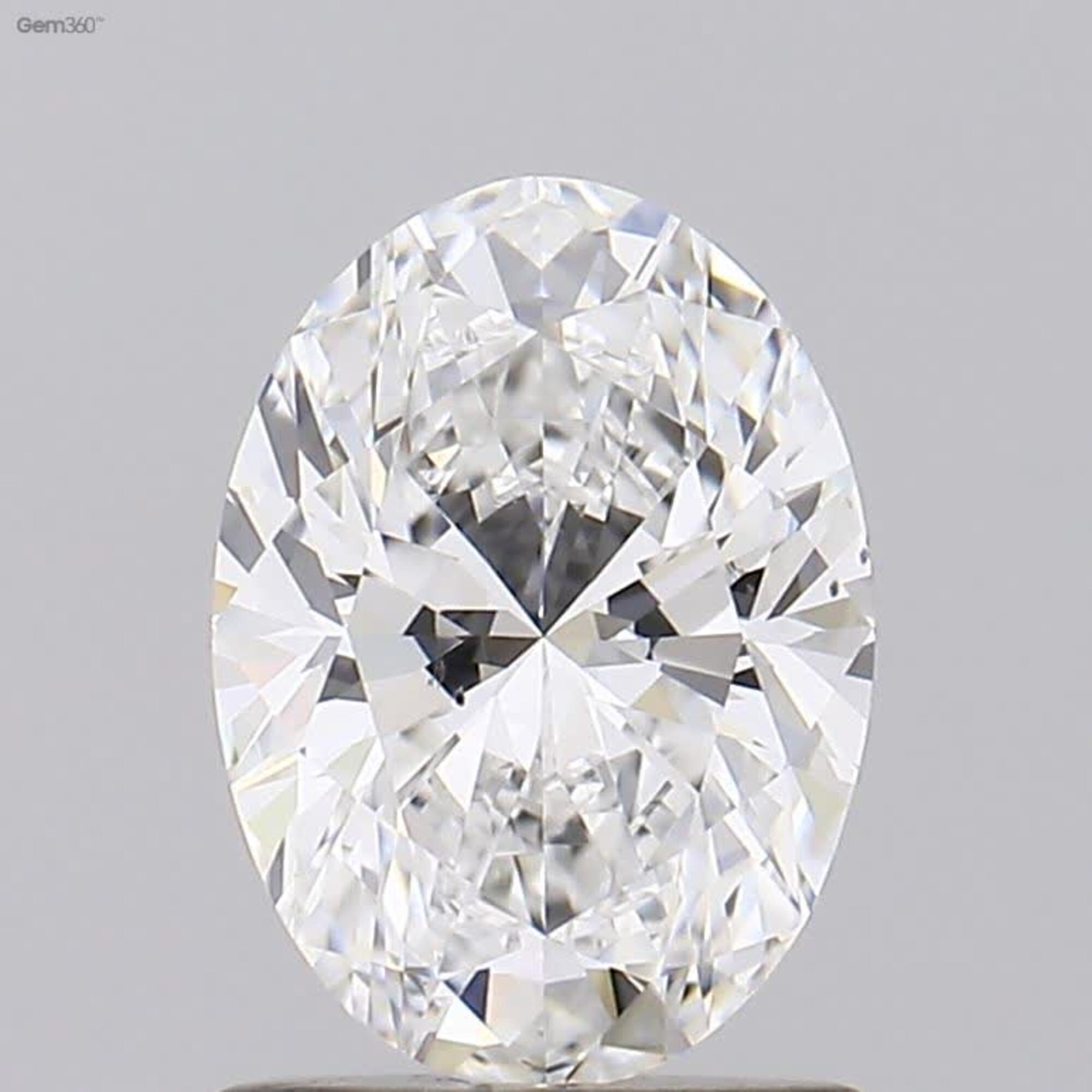Unearthing Elegance: The Dazzling World of Lab-Grown Diamonds

In recent years, the world of fine jewelry has witnessed a stunning transformation, shining a spotlight on an innovative alternative to natural gemstones: lab grown diamonds. These dazzling creations, born from advanced technology and science, offer a unique blend of beauty and responsibility that has captivated consumers and jewelers alike. As more people become aware of their remarkable qualities, lab grown diamonds are redefining luxury and elegance, making it essential to explore their allure.
Lab grown diamonds possess the same physical, chemical, and optical properties as their mined counterparts, making them indistinguishable to the naked eye. As we delve into this fascinating realm, we’ll uncover not only the brilliance of these ethical gems but also the reasons why they are becoming the preferred choice for many seeking the perfect symbol of love and commitment. From their sustainable production methods to their exquisite craftsmanship, the world of lab grown diamonds is indeed an inspiring journey of elegance and innovation.
The Science Behind Lab-Grown Diamonds
Lab-grown diamonds are created using advanced technological processes that replicate the natural conditions under which diamonds form in the Earth’s mantle. The two primary methods for producing these diamonds are High-Pressure High-Temperature (HPHT) and Chemical Vapor Deposition (CVD). HPHT mimics the intense heat and pressure found deep underground, while CVD uses a gas mixture to cultivate diamond crystals layer by layer in a controlled environment. These innovative techniques allow for the creation of gems that are chemically and physically identical to their mined counterparts.
The process begins with a small diamond seed, which serves as the nucleus for the growth of the new diamond. In HPHT, carbon is subjected to extreme pressure and temperature, facilitating the crystallization of diamond around the seed. In the CVD method, hydrocarbons are introduced into a chamber where they decompose, and carbon atoms settle onto the seed, forming a diamond over time. Both methods require precision and expertise, ensuring the produced diamonds are of high quality and brilliance, reflecting the beauty of traditional diamonds.
Lab-grown diamonds offer not only a sustainable alternative to mined diamonds but also the ability to create stones with fewer impurities and inclusions. This results in diamonds that can often be more brilliant and clear than their natural counterparts. As technology advances, the processes used to create lab-grown diamonds continue to improve, making them an increasingly popular choice for consumers seeking ethical and high-quality gemstones.
Comparing Lab-Grown and Natural Diamonds
Lab-grown diamonds are created in controlled environments using advanced technology, closely mimicking the natural processes that form traditional diamonds deep within the Earth. Both types of diamonds share identical physical, chemical, and optical properties, which means they sparkle with the same brilliance and fire. The primary distinction lies in their origin; while natural diamonds take billions of years to form, lab-grown diamonds can be produced in a matter of weeks.
From a pricing perspective, lab-grown diamonds are generally more affordable than their natural counterparts. This difference can be attributed to their abundant supply and the efficiency of the manufacturing processes involved. Consumers often find they can purchase larger or higher-quality stones for the same budget compared to natural diamonds, making lab-grown options an attractive choice for those looking to maximize their investment.
Another significant aspect to consider is the ethical implications surrounding the two. Lab-grown diamonds are seen as a more sustainable and conflict-free alternative, addressing concerns about the environmental impact and humanitarian issues tied to natural diamond mining. For ethically conscious consumers, lab-grown diamonds offer a way to enjoy the beauty and elegance of diamonds while aligning their purchases with their values.
The Future of the Diamond Industry

As the world increasingly embraces sustainability, lab grown diamonds are poised to reshape the future of the diamond industry. ritani review to a growing demographic of consumers who prioritize ethical practices and environmental responsibility in their purchasing decisions. With advancements in technology, lab grown diamonds are not only becoming more accessible but also affordable, making them a compelling alternative to traditionally mined stones.
The market for lab grown diamonds is expected to expand rapidly, as retailers and manufacturers adapt to changing consumer preferences. Major jewelers are beginning to recognize the value and appeal of lab grown options, integrating them into their product lines. This shift is not just about catering to eco-conscious consumers; it also signifies a broader acceptance of lab grown diamonds in luxury markets, further solidifying their place in the industry.
Looking ahead, the potential for innovation within the lab grown diamond sector continues to grow. Research into new techniques for producing these gems is underway, focusing on enhancing their quality and diversity. As technology advances, we may see even more unique designs, colors, and customizations becoming available, inviting a new era of creativity in the jewelry sector while solidifying the status of lab grown diamonds as a sustainable and elegant choice.
